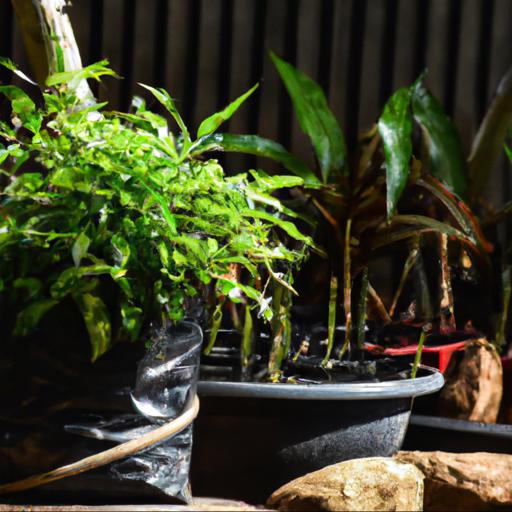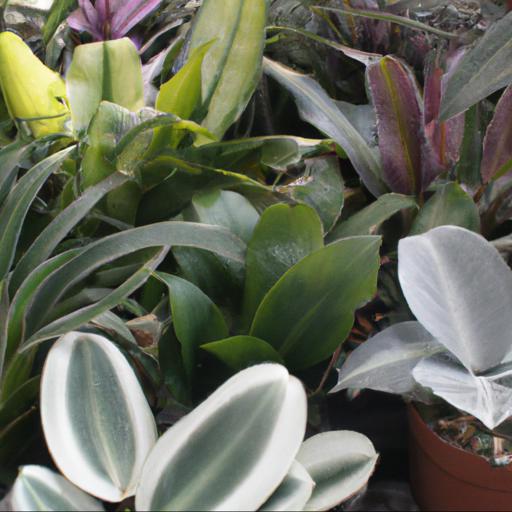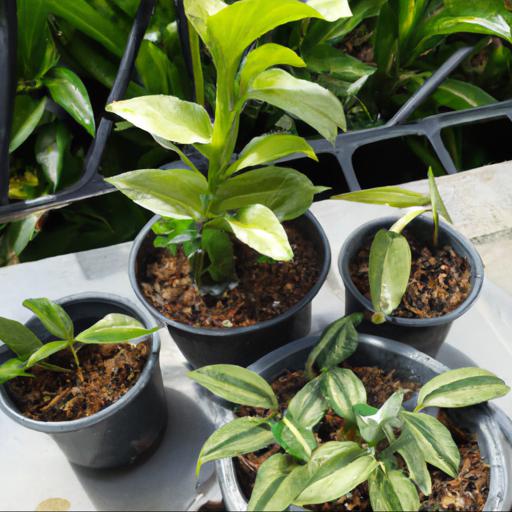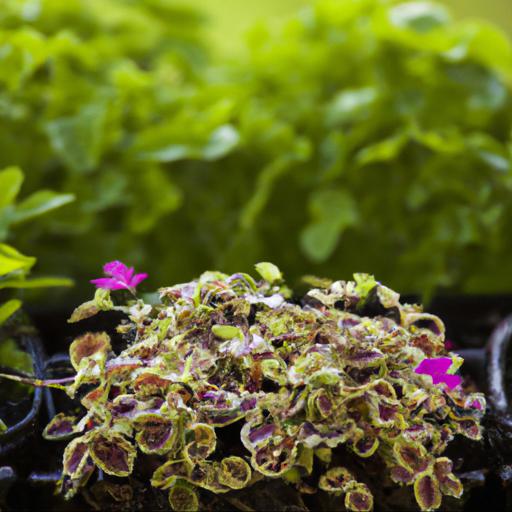Are you looking for a way to spruce up your home without having to put in too much effort? Low-maintenance plants are the perfect solution!
Not only do they add a touch of nature to your home, but they also require minimal care and attention. In this blog, we’ll discuss the best low-maintenance plants for your home and how to take care of them. You’ll learn which plants are best for different environments, as well as tips on how to keep them looking their best.
So, if you’re looking for a way to add some life to your home without having to put in too much work, this blog is for you!
Benefits of low-maintenance plants

Low-maintenance plants are an excellent choice for busy UK gardeners. They require minimal effort and attention to flourish, making it easy for even the most novice gardener to achieve a beautiful and manageable outdoor space.
These types of plants can last a lifetime and require minimal upkeep, allowing UK gardeners to get the most out of their garden without requiring too much effort. Low-maintenance plants require less water, less fertilizer, and less weeding than other plants. This makes it easier to maintain the perfect balance and keep your garden looking its best.
Some of the most popular low-maintenance plants for UK gardens include shrubs like lavender and rosemary, perennials like daylilies and hostas, and ground covers like snow-in-summer and thyme. These plants need minimal pruning and deadheading and will require only occasional fertilizing throughout the season. For UK gardeners who want to make their outdoor space more eco-friendly, low-maintenance plants are an excellent choice.
These plants don’t demand much water or fertilizer, which minimizes water runoff and reduces the amount of chemicals and pollutants entering the environment. They also require minimal maintenance, reducing the amount of time spent gardening and therefore the amount of energy used.
Low-maintenance plants are also great for improving air quality in the garden and can even help reduce allergens and other pollutants in the air. Low-maintenance plants make it easy for UK gardeners to enjoy the beauty of the outdoors without being overwhelmed with the responsibilities of maintaining a garden.
With the right selection and slight regular maintenance, UK gardeners can achieve a beautiful outdoor space that will last for years to come.
Types of low-maintenance plants

When discussing types of plants which require minimal care, oftentimes it can be hard to distinguish which ones are actually low maintenance and which aren’t, as different gardeners will have various requirements when it comes to tending to their gardens. In this blog, I will be exploring the various types of low-maintenance plants that are suitable for your garden.
Whether it’s drought-tolerant succulents or robust perennials, you’ll be able to choose the outdoor plants that suit your gardening skills and lifestyle. One of the best-known low-maintenance plants is the succulent. Succulents are incredibly versatile, and some even grow as houseplants on a sunny windowsill.
They can tolerate drought, heat and sun and are generally very resilient. Best known for their beautifully varied shapes and colours, succulents come in a range of sizes, making them a perfect choice for almost any garden.
Perennials are a great choice for those looking to give their garden a colourful boost without too much extra effort. Their petals, although seasonal, last for several months and return every season. They’re often low maintenance but require some effort in the early stages of planting, as they have to be generally watered, weeded and mulched – but it’s worth the effort every time they bloom!
Grasses are another great low-maintenance gardening option, and they’re perfect for those looking to give their garden a textured and uncomplicated look. You can choose from ornamental grasses with long feathery fronds, or short-growing groundcover varieties that only require trimming once or twice a year. By understanding the different types of low-maintenance plants available, you can create the garden that is perfect for your skills and lifestyle.
Whether you’re looking to add some colour with perennials or go for a fuss-free grassy look, there is something for you!
Tips for growing low-maintenance plants

Gardening is a fantastic way to express yourself and enjoy the great outdoors, but it is easy to become discouraged when your garden becomes too high-maintenance to manage. Having low-maintenance plants in your garden is a great way to make gardening more enjoyable and time-efficient. In this blog, we’ll explore a few tips for growing low-maintenance plants.
The first tip for having a low-maintenance garden is to choose native plants that are well-suited to your climatic region. These plants will have already adapted to the local climate and soil conditions, so they are more likely to thrive and survive with minimal extra effort on your part.
By choosing native plants, you won’t have to work as hard to keep them healthy and they will require much less watering than foreign ones. A classic example of a resilient native plant is the coastal daisy, which is able to take harsh summer heat and salty ocean spray with ease. It is also important to introduce some plants that attract wildlife, such as bees, birds, and butterflies.
Incorporating wildlife-friendly plants into your garden will increase its biodiversity, which is especially critical if your garden is small. These plants will be an essential food source for the wildlife, while requiring less work from the gardener – a win-win!
Try planting some nectar-rich plants like lavender, sunflowers and nigella for the bees and lupins for the butterfly. Finally, incorporate some hardy, evergreen plants into your garden for their structure and beauty. These plants do not require regular pruning and they will thrive in uncomplicated soil.
An example of such a plant is the Aspidistra elatior, or ‘Cast Iron Plant’, which is a hardy perennial with deep-green foliage that has been a popular houseplant for centuries. By following these tips, you can create an attractive, low-maintenance garden that will become a haven for wildlife and a source of joy for you for many years to come.
Conclusion
Low-maintenance plants are the perfect choice for busy gardeners. They are easy to care for, require minimal attention and are often pest-resistant. With the right selection, you can have a beautiful garden with minimal effort.
From succulents to flowers, there is a wide variety of low-maintenance plants that will add a touch of beauty to any outdoor space.
FAQ
What are some of the best low-maintenance plants?
Some of the best low-maintenance plants include succulents, cacti, air plants, peace lilies, spider plants, snake plants, and philodendrons.
How often do low-maintenance plants need to be watered?
Low-maintenance plants typically need to be watered once every 1-2 weeks.
What are the benefits of having low-maintenance plants?
The benefits of having low-maintenance plants include: reduced water and fertilizer needs, fewer pest and disease problems, and less pruning and trimming. Low-maintenance plants are also typically hardy and can survive in a variety of conditions, making them ideal for busy lifestyles.
What are some tips for caring for low-maintenance plants?
1. Place in a location with bright, indirect sunlight. 2. Water when the top inch of soil is dry. 3. Fertilize once a month during the growing season. 4. Prune regularly to maintain shape and size. 5. Remove dead or damaged leaves and stems. 6. Repot when needed to ensure adequate drainage. 7. Check for pests and treat accordingly.
Are there any low-maintenance plants that are suitable for indoors?
Yes, there are many low-maintenance plants that are suitable for indoors, such as succulents, snake plants, peace lilies, philodendrons, and pothos.
Are there any low-maintenance plants that are suitable for outdoor gardens?
Yes, there are many low-maintenance plants that are suitable for outdoor gardens. Examples include succulents, lavender, daylilies, sedum, hostas, and yarrow.

